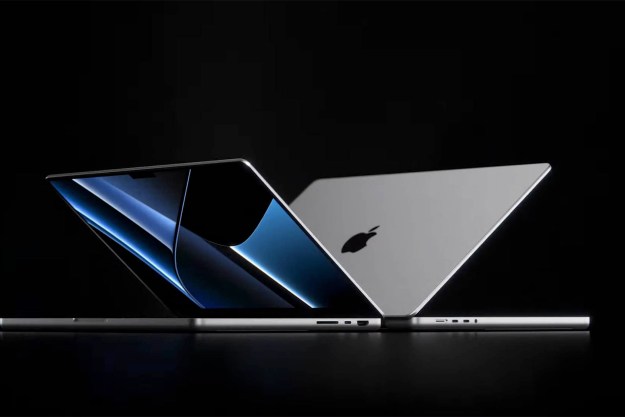Apple Computer Inc. differs vastly in many ways from longtime rival Microsoft Corp. But recently, it has found itself accused of similarly elbowing out software developers whose products compete withApple’s growing stable of applications.
In the latest case of an outside developer abandoning the Macintosh platform, Adobe Systems Inc. announced Monday that the newest overhaul of its flagship video editing program Premiere would no longer work on Macs.
Adobe said the program would only be compatible with Microsoft Corp.’s Windows XP operating system.
Adobe’s new Encore DVD-creation program, due to ship in the summer, will not have a Macintosh version either. Both programs will be part of a Windows-only software package called Adobe Video Collection.
Intentionally or not, “Apple is pursuing a strategy that locks out their third-party software vendors,” said Avi Greengart, an analyst with Jupiter Research.
Apple and Adobe have long shared a customer base of “creative professionals” – Adobe’s release last year of Photoshop for the Mac OS X operating system, for instance, helped boost sales for both companies. But the Cupertino-based computer company has been introducing more and more of its own software in recent years, some of which competes with Adobe’s.
“If Apple does it, there’s no room for a third-party developer,” said David Trescot, senior director of Adobe’s digital video group. “Why do it when the (operating system) provider could give it away for free?”
In the video-editing arena, Apple offers Final Cut Express and Final Cut Pro. It has also, in the past three years, introduced consumer-friendly digital media applications such as iMovie and iDVD, including them for free on most Apple computers.
Analysts say companies like Apple that offer the operating system, the hardware and the software have the advantage of making their products work seamlessly together and bundling them so they are free or cheaper than if sold alone.
Outside software vendors have voiced similar complaints about Microsoft in the past, saying Microsoft’s access to its operating systems’ underlying code gave it an inside track on making its own add-on products run more smoothly than others.
With Apple, Microsoft now finds itself on the receiving end.
Two weeks ago, Microsoft said it would stop making its Internet Explorer Web browser for Macs, citing Apple’s recent introduction of its own browser called Safari.
The Apple browser has already gained attention for speed and features that many techies consider superior to the Microsoft browser.
“Apple has access to functionality in the (operating system) that Microsoft doesn’t,” Jessica Sommers, product manager for the software company’s Macintosh Business Unit, said at the time. “They can do things because they’re developing on their own (operating system) that we as a third-party programmer can’t do.”
For its part, Apple is pushing hard to make its computers the hub of a digital lifestyle, introducing innovating software as well as electronics such as the iPod portable music player and the iSight digital Web camera.
Apple officials issued a statement on Adobe’s product announcement Monday but would not comment further: “Adobe and Apple continue to have a great relationship, as evidenced by Adobe’s recent support of the new Power Mac G5 with Photoshop performance that is twice as fast as before.”
In an earlier interview, Phil Schiller, Apple’s vice president of worldwide product marketing, said Apple branches out with products when it perceives a competitive hole.
“When we find a need, and we have the ability to fill it, and it fits into what we’re doing, we’ll do it,” he said.
There are third-party software products, however, that Apple considers “very important” to its customers, he said, citing the Macintosh versions of Microsoft Office and Adobe Photoshop.
Adobe’s latest defection did not surprise analysts.
Making a piece of software compatible with multiple platforms takes time, effort – and money. Add to that the slow economy and Apple’s desktop market share of 3 percent to 5 percent, and companies are less willing to make the investment of building for the Macintosh if they expect a low profit return, said Paul Ritter, analyst with industry research firm Yankee Group.
Source: Associated Press
Editors' Recommendations
- These 6 tweaks take MacBooks from great to nearly perfect
- Don’t download the latest macOS Ventura update just yet
- You can still buy the M1 MacBook Air, and it’s cheaper than ever
- How to select multiple files on a Mac
- How to take a screenshot on a Mac


